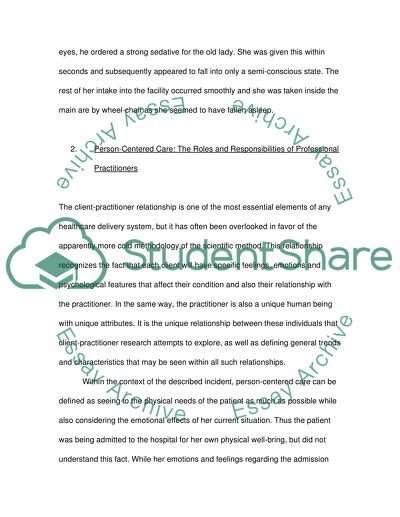Cite this document
(“Person Centred Care Essay Example | Topics and Well Written Essays - 3250 words”, n.d.)
Person Centred Care Essay Example | Topics and Well Written Essays - 3250 words. Retrieved from https://studentshare.org/health-sciences-medicine/1528682-person-centred-care
Person Centred Care Essay Example | Topics and Well Written Essays - 3250 words. Retrieved from https://studentshare.org/health-sciences-medicine/1528682-person-centred-care
(Person Centred Care Essay Example | Topics and Well Written Essays - 3250 Words)
Person Centred Care Essay Example | Topics and Well Written Essays - 3250 Words. https://studentshare.org/health-sciences-medicine/1528682-person-centred-care.
Person Centred Care Essay Example | Topics and Well Written Essays - 3250 Words. https://studentshare.org/health-sciences-medicine/1528682-person-centred-care.
“Person Centred Care Essay Example | Topics and Well Written Essays - 3250 Words”, n.d. https://studentshare.org/health-sciences-medicine/1528682-person-centred-care.


